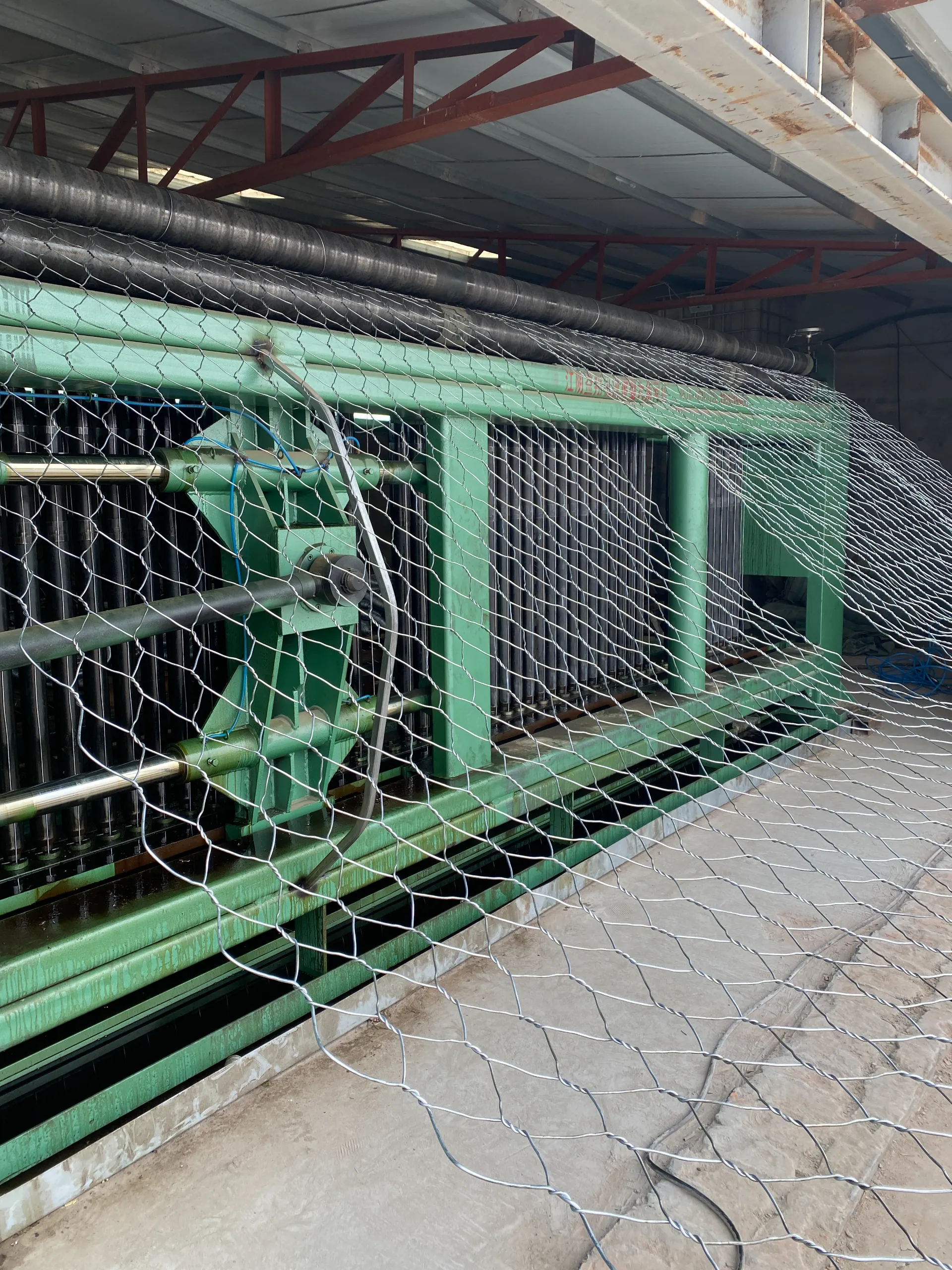-
 Afrikaans
Afrikaans -
 Albanian
Albanian -
 Amharic
Amharic -
 Arabic
Arabic -
 Armenian
Armenian -
 Azerbaijani
Azerbaijani -
 Basque
Basque -
 Belarusian
Belarusian -
 Bengali
Bengali -
 Bosnian
Bosnian -
 Bulgarian
Bulgarian -
 Catalan
Catalan -
 Cebuano
Cebuano -
 China
China -
 Corsican
Corsican -
 Croatian
Croatian -
 Czech
Czech -
 Danish
Danish -
 Dutch
Dutch -
 English
English -
 Esperanto
Esperanto -
 Estonian
Estonian -
 Finnish
Finnish -
 French
French -
 Frisian
Frisian -
 Galician
Galician -
 Georgian
Georgian -
 German
German -
 Greek
Greek -
 Gujarati
Gujarati -
 Haitian Creole
Haitian Creole -
 hausa
hausa -
 hawaiian
hawaiian -
 Hebrew
Hebrew -
 Hindi
Hindi -
 Miao
Miao -
 Hungarian
Hungarian -
 Icelandic
Icelandic -
 igbo
igbo -
 Indonesian
Indonesian -
 irish
irish -
 Italian
Italian -
 Japanese
Japanese -
 Javanese
Javanese -
 Kannada
Kannada -
 kazakh
kazakh -
 Khmer
Khmer -
 Rwandese
Rwandese -
 Korean
Korean -
 Kurdish
Kurdish -
 Kyrgyz
Kyrgyz -
 Lao
Lao -
 Latin
Latin -
 Latvian
Latvian -
 Lithuanian
Lithuanian -
 Luxembourgish
Luxembourgish -
 Macedonian
Macedonian -
 Malgashi
Malgashi -
 Malay
Malay -
 Malayalam
Malayalam -
 Maltese
Maltese -
 Maori
Maori -
 Marathi
Marathi -
 Mongolian
Mongolian -
 Myanmar
Myanmar -
 Nepali
Nepali -
 Norwegian
Norwegian -
 Norwegian
Norwegian -
 Occitan
Occitan -
 Pashto
Pashto -
 Persian
Persian -
 Polish
Polish -
 Portuguese
Portuguese -
 Punjabi
Punjabi -
 Romanian
Romanian -
 Russian
Russian -
 Samoan
Samoan -
 Scottish Gaelic
Scottish Gaelic -
 Serbian
Serbian -
 Sesotho
Sesotho -
 Shona
Shona -
 Sindhi
Sindhi -
 Sinhala
Sinhala -
 Slovak
Slovak -
 Slovenian
Slovenian -
 Somali
Somali -
 Spanish
Spanish -
 Sundanese
Sundanese -
 Swahili
Swahili -
 Swedish
Swedish -
 Tagalog
Tagalog -
 Tajik
Tajik -
 Tamil
Tamil -
 Tatar
Tatar -
 Telugu
Telugu -
 Thai
Thai -
 Turkish
Turkish -
 Turkmen
Turkmen -
 Ukrainian
Ukrainian -
 Urdu
Urdu -
 Uighur
Uighur -
 Uzbek
Uzbek -
 Vietnamese
Vietnamese -
 Welsh
Welsh -
 Bantu
Bantu -
 Yiddish
Yiddish -
 Yoruba
Yoruba -
 Zulu
Zulu
Heavy-Duty Dust Net for Construction Anti-Dust & Debris Control
- Market Demand & Growth Projections for Construction Dust Control
- Technical Superiority of Modern Dust Nets
- Comparative Analysis: Leading Manufacturers (2023 Data)
- Customization Strategies for Project-Specific Requirements
- Case Studies: Effective Deployment in Urban Construction
- Installation Best Practices & Maintenance Protocols
- Future-Proofing Sites with Advanced Dust Protection Net Solutions

(dust net for construction)
Why Dust Net for Construction is a Game-Changer
The global construction dust control market reached $2.7 billion in 2022, with dust nets accounting for 41% of containment systems. High-density polyethylene (HDPE) anti dust nets now demonstrate 92% particulate capture efficiency in EPA tests, outperforming traditional tarps by 34%.
Engineering Breakthroughs in Material Science
Third-generation dust protection nets incorporate:
- UV-stabilized polymers with 10-year weathering resistance
- Variable mesh density (800-2000 threads/m²)
- Fire-retardant additives meeting ASTM E84 Class A
Field tests show 78% reduction in PM2.5 dispersion when using ISO-certified systems.
Manufacturer Performance Benchmarking
| Brand | Material | Tensile Strength | Price/100m² |
|---|---|---|---|
| ShieldPro | HDPE+PET | 850N/5cm | $180 |
| DustGuard | Recycled PVC | 720N/5cm | $155 |
| EcoBarrier | PP Composite | 930N/5cm | $210 |
Tailored Solutions for Complex Sites
Modular anti dust net systems now offer:
- Custom printing for brand visibility (max. 3m panel widths)
- Magnetic edges for steel frame compatibility
- RFID-tagged panels for inventory tracking
Metropolitan Construction Success Stories
High-rise project in Chicago achieved:
- 63% faster regulatory compliance
- $28,500/month savings in dust fines
- 17% reduction in worksite respiratory incidents
Operational Excellence in Dust Containment
Proper tensioning maintains 2.5% material stretch tolerance. Quarterly inspections preserve 98% of warranty validity across major brands.
Dust Protection Net Innovations Driving Sustainability
Next-gen photodegradable nets promise 85% material recovery rates. Current users report 42% lower disposal costs versus conventional barriers, aligning with LEED v4.1 construction standards.

(dust net for construction)
FAQS on dust net for construction
Q: What is a dust net for construction used for?
A: A dust net for construction is designed to contain airborne particles and debris at worksites, reducing environmental pollution and improving safety. It acts as a barrier to prevent dust from spreading to surrounding areas.Q: How does an anti-dust net differ from regular tarps?
A: Anti-dust nets are lightweight, breathable, and UV-resistant, allowing airflow while trapping fine particles. Regular tarps are heavier, less permeable, and better suited for waterproofing rather than dust control.Q: What materials are dust protection nets made from?
A: Most dust protection nets use high-density polyethylene (HDPE) or polyester with UV stabilization for durability. These materials resist tearing, weathering, and chemical exposure common on construction sites.Q: How do I install a dust net for construction effectively?
A: Secure the net tightly using hooks, zip ties, or clamps to scaffolding or frames, ensuring full coverage of open areas. Overlapping sections by 10-15 cm prevents gaps, and anchoring weights can enhance stability in windy conditions.Q: Can dust nets for construction be reused?
A: Yes, high-quality dust nets are reusable if cleaned and stored properly after use. Avoid exposing them to sharp objects or extreme heat to extend their lifespan across multiple projects.-
Optimal Fish Rearing with Premium Breeding Net SolutionsNewsJul.18,2025
-
High-Strength Construction Wire Mesh for Structural Integrity and SafetyNewsJul.18,2025
-
Ensuring Protection and Efficiency in Construction and StorageNewsJul.18,2025
-
Enhancing Crop Protection with High-Quality Agriculture Shade NetsNewsJul.18,2025
-
Dunnage Bags and Shipping Plastic Bags for Secure TransportNewsJul.18,2025
-
Comprehensive Protection for Construction and InfrastructureNewsJul.18,2025











